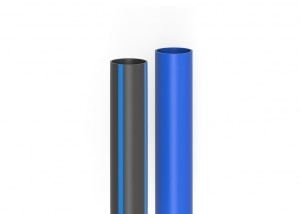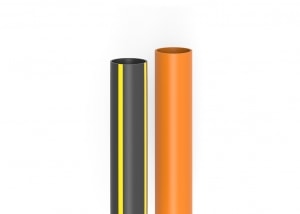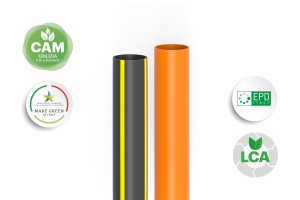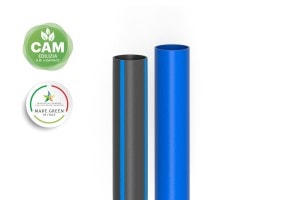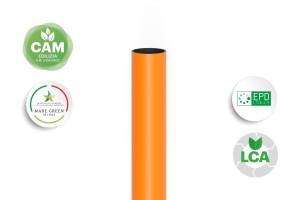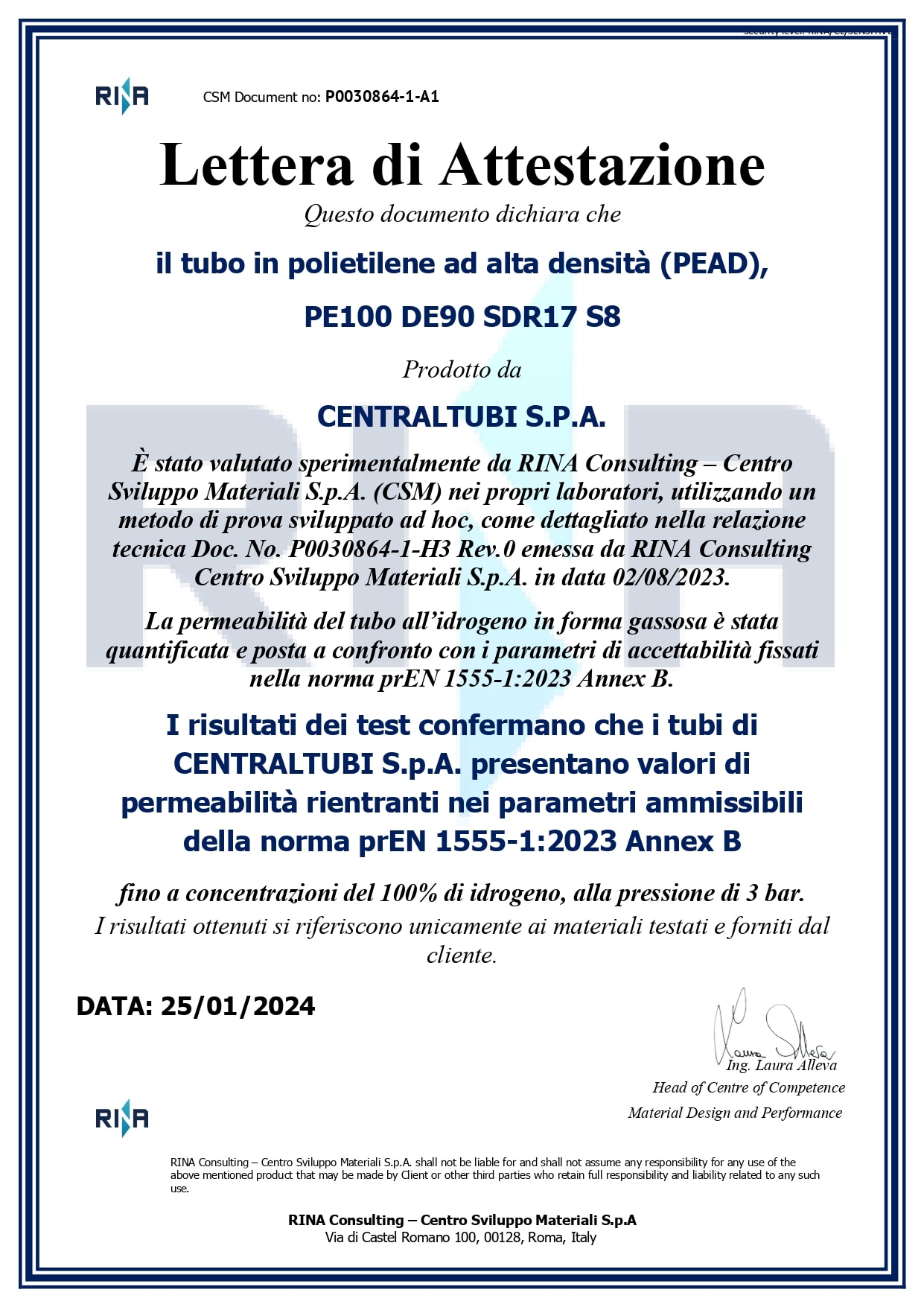Centraltubi and the energy transition
Hydrogen (H2) is the smallest and lightest chemical element in the periodic table. Its molecule is smaller than that of methane and therefore more permeable. In the absence of a standardized test method to verify hydrogen permeability through pipe walls, CENTRALTUBI S.p.A., in collaboration with RINA CONSULTING – Centro Studi Materiali S.p.A., has initiated a testing and analysis campaign using a shared test method to identify the hydrogen permeation volume in gaseous form through polyethylene pipeline networks. This campaign involved testing new pipe samples (PE100) as well as PEAD pipes in service with methane gas for 11 and 19 years, at various concentrations up to 100%. For both types, hydrogen permeability values were found to be higher than those for methane, but lower in terms of energy dissipation, aligning with indications outlined in forthcoming regulatory updates.
Polyethylene is compatible for contact with hydrogen, as it exhibits no aging due to chemical and mechanical aggressiveness when in contact with hydrogen (ISO/TR10358), even at 100% concentration. The PE100 pipes produced by CENTRALTUBI: fully comply with UNI EN 1555-2:2021 standard, are equipped with a Product Quality mark issued by an accredited third-party organization are also DINplus certified when made with PE100 RC and bear the Made Green in Italy mark – featuring an EPD (Environmental Product Declaration Type III) are suitable for natural gas transportation are suitable for natural gas transportation in mixture with hydrogen are suitable for 100% hydrogen transportation

